When someone nearby searches for services like “laser clinic near me” or “waxing in Reading,” will your business appear on the first page of Google? If not, you're missing out on local customers ready to book. In today’s mobile-driven world, local visibility is crucial for clinics, salons, and beauty professionals relying on local traffic.
Local SEO optimizes your business online to appear in local search results like Google Maps and the Local 3-Pack.
It targets your Google Business Profile, reviews, local keywords, and website setup. Proper Local SEO can increase bookings, calls, and foot traffic from nearby searchers.
In this article, you’ll learn exactly how to do Local SEO with 10 clear steps that help your business show up where it matters most.
How to Do Local SEO: Get Local Clients in 10 Smart Ways
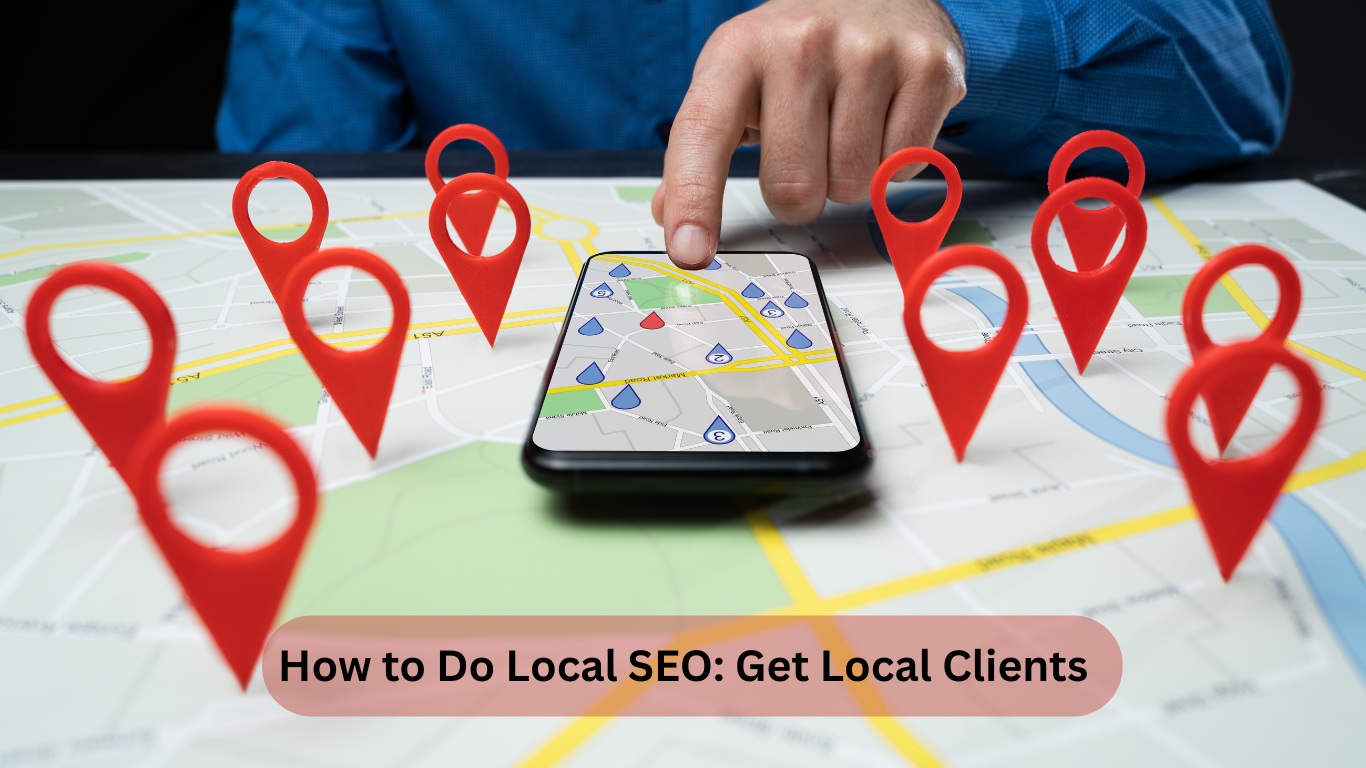
Local SEO helps businesses appear in location-based searches and attract nearby customers. It focuses on optimizing your website, Google Business Profile, and local citations. By using the right keywords, improving on-page elements, and gaining local backlinks, you can boost visibility, drive foot traffic, and increase leads within your target area.
Initial Setup & Strategy
A strong local SEO campaign begins with a solid plan. Before making any changes, you need to understand the client’s goals, competitors, and the current state of their online presence. This foundation ensures every step is strategic and effective.
Consultancy Meeting: Identify Goals, Service Areas & Competition
Start with a detailed consultancy meeting. This stage helps define the direction of your local SEO plan.
- Set clear goals: Understand what the client wants to achieve (e.g., more local leads, calls, or foot traffic).
- Define service areas: Pinpoint the locations where the business wants to rank.
- Research competition: Identify direct competitors in the same area and niche.
Intro tip: This step ensures the strategy is aligned with the client’s business objectives and target audience.
Competitor Analyzed Road Map: Benchmark Local Competitors
Studying competitors gives insight into what works in the local market.
- Analyze top-ranking competitors: Check their keywords, backlinks, and content.
- Review Google Business Profiles: See how they use categories, images, and reviews.
- Identify gaps: Spot opportunities your client can use to stand out.
Intro tip: A competitor roadmap helps you create a realistic and data-driven SEO plan.
Set Up Local SEO Basics: GBP, NAP & Foundational Links
Before advanced optimization, get the basics right.
- Google Business Profile (GBP): Claim and fully optimize the listing with accurate details.
- NAP consistency: Ensure Name, Address, and Phone number are identical across all platforms.
- Foundational links: Create high-quality citations and local directory listings.
Intro tip: Correct local SEO basics improve visibility in local search and build trust with search engines.
Audit Your Local SEO: Find Optimization Gaps
A thorough audit reveals what needs improvement on the site and off-page.
- Check on-page SEO: Ensure local keywords, meta tags, and headings are optimized.
- Review technical SEO: Test site speed, mobile usability, and indexing.
- Evaluate local signals: Assess backlinks, citations, and review profiles.
Intro tip: Auditing helps you see what’s missing and create a roadmap to boost local rankings.
Keyword Strategy
A well-planned keyword strategy is the backbone of local SEO. Choosing the right terms helps search engines connect your business with local customers. This step ensures your content reaches the right audience in the right location.
Find Local Keywords: City + Service Combos
Start by finding keywords that include both the service and location.
- Use city + service terms: Example: “laser hair removal in Hounslow” or “best plumber in Manchester.”
- Leverage keyword tools: Platforms like Google Keyword Planner and Ubersuggest can reveal high-volume local terms.
- Check autocomplete: Google’s suggestions often show what locals are actually searching for.
Intro tip: Location-based keywords make your business visible to customers in specific areas.
Focus Local Keywords: Prioritize Geo Intent
Not all keywords bring local traffic. Focus on those that clearly show the searcher wants a local result.
- Look for geo-modifiers: Terms with city names or “near me” indicate local intent.
- Target service + neighborhood: Drill down to smaller areas for niche rankings.
- Understand user intent: Choose keywords that align with what customers are ready to do (book, call, visit).
Intro tip: Geo-intent keywords connect you with people who are ready to engage locally.
Local Keywords Coverage: Map Keywords to URLs
To maximize relevance, map each keyword to the right page on your site.
- Assign keywords per page: Avoid targeting the same keyword on multiple URLs.
- Create location pages: Build dedicated pages for each city or service area.
- Match content with search intent: Ensure the page answers exactly what the keyword implies.
Intro tip: Proper keyword mapping avoids duplication and strengthens your local SEO footprint.
Local On-Page SEO
On-page SEO is where you shape your website to rank in local searches. It ensures every page signals relevance to both search engines and local customers. When done right, it improves visibility, user experience, and conversions.
Money Site On-Page Work: Optimize Every Page
Each page on your site should be fully optimized to target local customers.
- Titles & meta descriptions: Include relevant local keywords.
- Headers (H1, H2): Structure content with clear headings containing location terms.
- Content relevance: Make sure each page answers user intent and mentions the service area naturally.
Intro tip: Well-optimized pages build a strong base for local rankings.
Local-Based On-Page Audit: Fix Errors
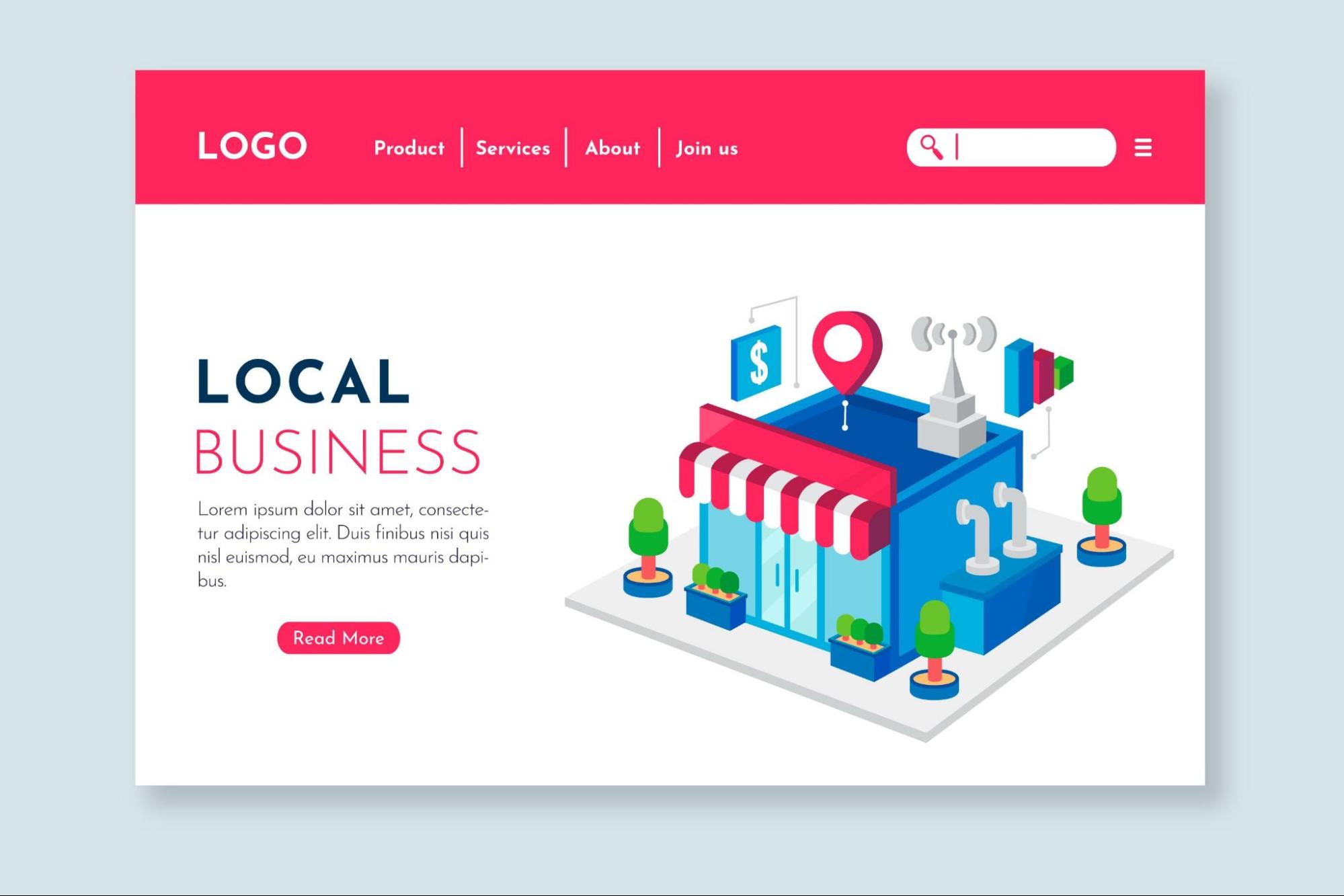
An audit helps uncover and fix local SEO mistakes that may block visibility.
- NAP consistency: Ensure Name, Address, Phone match across the site.
- Schema markup: Add structured data to help Google understand your business.
- Internal linking: Connect related pages for better crawlability and relevance.
Intro tip: Regular audits maintain local SEO health and prevent ranking drops.
Add Local Schema: Use Structured Data
Implementing the LocalBusiness schema helps search engines understand your business details.
- Add key info: Include business name, address, phone, and opening hours.
- Use JSON-LD format: Recommended by Google for schema implementation.
- Apply per location: If you have multiple branches, create unique schema for each.
Intro tip: Schema boosts chances of appearing in rich results and local packs.
Landing Page Optimization: City & Service Pages
City-specific landing pages attract customers in different service areas.
- Build unique pages: One for each city or neighborhood you serve.
- Include local content: Mention landmarks, customer reviews, or area-specific details.
- Optimize for conversions: Add clear calls-to-action and contact options.
Intro tip: Location pages make it easy to rank for multiple local markets.
Create Localized Landing Pages: Cover Every Area
For broader reach, create dedicated pages for each service and location combo.
- Avoid duplicate content: Write unique descriptions for each page.
- Use local images: Show real photos from each location when possible.
- Highlight local testimonials: Add reviews from customers in that area.
Intro tip: Localized pages increase trust and relevance for both users and search engines.
Optimize Title Tags: Add Local Keywords
Titles are a strong ranking factor in local SEO.
- Include city names naturally: Example: “Plumbing Services in Leeds | Business Name.”
- Keep under 60 characters: So titles display fully in search results.
- Make them clickable: Combine keywords with engaging copy.
Intro tip: Well-crafted title tags improve both rankings and click-through rates.
Optimize Your Website for Local SEO: Technical Aspects
A site that’s fast, mobile-friendly, and structured is essential for local rankings.
- Speed optimization: Compress images and use caching for faster load times.
- Mobile usability: Ensure pages work well on all devices.
- Structured data: Add relevant schema for local signals.
Intro tip: Technical improvements boost user experience and SEO performance.
SILO Interlinking: Organize Your Content
SILO interlinking connects relevant content logically to strengthen topical authority.
- Link service pages to local blogs: Helps spread local relevance across the site.
- Create “driveway” pages: Use hub pages that guide users to key services.
- Maintain logical hierarchy: Avoid random linking; follow a clear structure.
Intro tip: A solid interlinking structure improves crawlability and user navigation.
Google Business Profile (GBP)
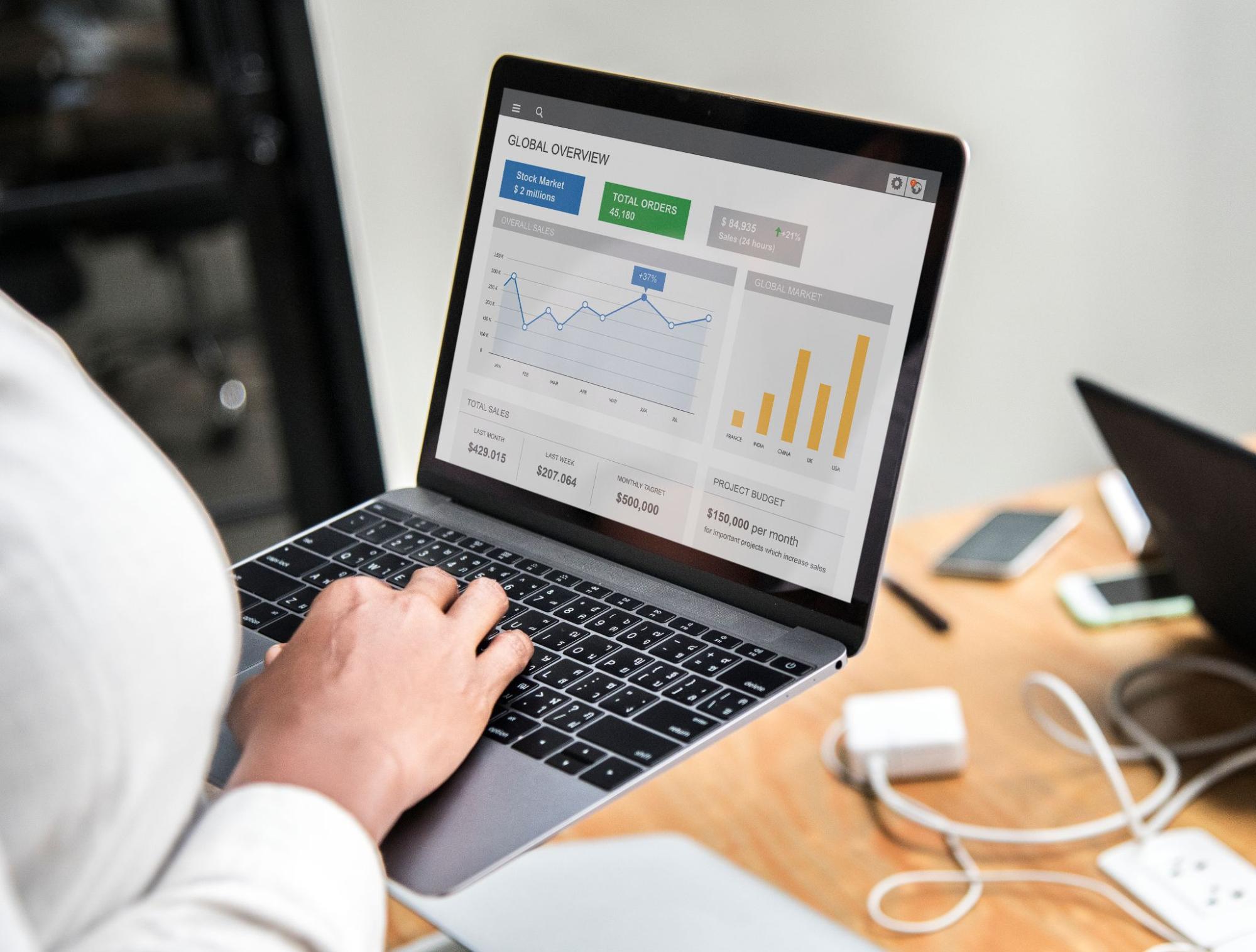
Your Google Business Profile (GBP) is one of the most powerful tools for local SEO. It helps your business appear in local search results and on Google Maps, making it easier for customers to find and contact you.
Optimize Your Google Business Profile
A fully optimized profile increases your chances of ranking in the local pack.
- Complete all details: Add business name, address, phone, website, and hours.
- Choose correct categories: Select primary and secondary categories that match your services.
- Upload high-quality photos: Showcase your business and build trust.
Intro tip: An optimized GBP helps search engines and customers understand your business.
Utilize Google Business Profile Regularly
Keeping your GBP active signals that your business is reliable and up-to-date.
- Update business information: Ensure hours and services are always accurate.
- Answer Q&A: Respond to customer questions promptly.
- Monitor insights: Track clicks, calls, and views to measure performance.
Intro tip: Regular activity on GBP improves engagement and ranking.
Add Posts to Google My Business
Posting weekly keeps your profile fresh and informative.
- Publish 300-word posts: Share offers, news, or updates regularly.
- Use relevant keywords: Naturally include local terms in posts.
- Add images or videos: Visuals boost engagement and clicks.
Intro tip: GBP posts work like mini-updates, helping you stay visible to local customers.
Respond Sincerely to Customer Reviews
Reviews influence local rankings and customer trust.
- Reply to all reviews: Thank customers for positive feedback.
- Address negative reviews: Stay professional and offer solutions.
- Use local keywords: Mention your service and city naturally when responding.
Intro tip: Genuine responses show you value customer feedback and improve local credibility.
Ask for Online Reviews
The more authentic reviews you have, the stronger your local SEO becomes.
- Encourage happy clients: Ask satisfied customers to leave reviews.
- Make it easy: Share direct review links via email or text.
- Avoid fake reviews: Always keep reviews real and compliant with Google guidelines.
Intro tip: Positive reviews boost your business’s reputation and search rankings.
Driving Directions in Map
Optimizing your GBP with driving directions helps both users and Google.
- Embed Google Maps: Add a map with your business location on your site.
- Create direction links: Share routes to your location for easy navigation.
- Use location keywords: Include city and neighborhood in map descriptions.
Intro tip: Direction links improve user experience and strengthen local signals for SEO.
Content Strategy
A strong content strategy helps your business connect with local audiences and rank higher in search results. Creating location-focused content tells search engines you are relevant to a specific area and builds trust with local customers.
Create Local Content: Connect with Your Community
Writing about local topics helps you engage with nearby customers.
- Cover local events: Share insights on community activities or industry events in your area.
- Publish local guides: Create “best of” lists or service guides tailored to your city.
- Feature local news: Tie your niche to current happenings in the region.
Local content shows you are an active part of the community and builds relevance.
Local-Based Info Content
Informational content with a local angle boosts authority and attracts search traffic.
- Answer common questions: Focus on what local customers ask about your services.
- Include location terms: Use city names naturally in headings and content.
- Add real examples: Mention specific neighborhoods or customer stories.
Local info content positions you as a trusted source in your area.
Driveway Articles with Maps
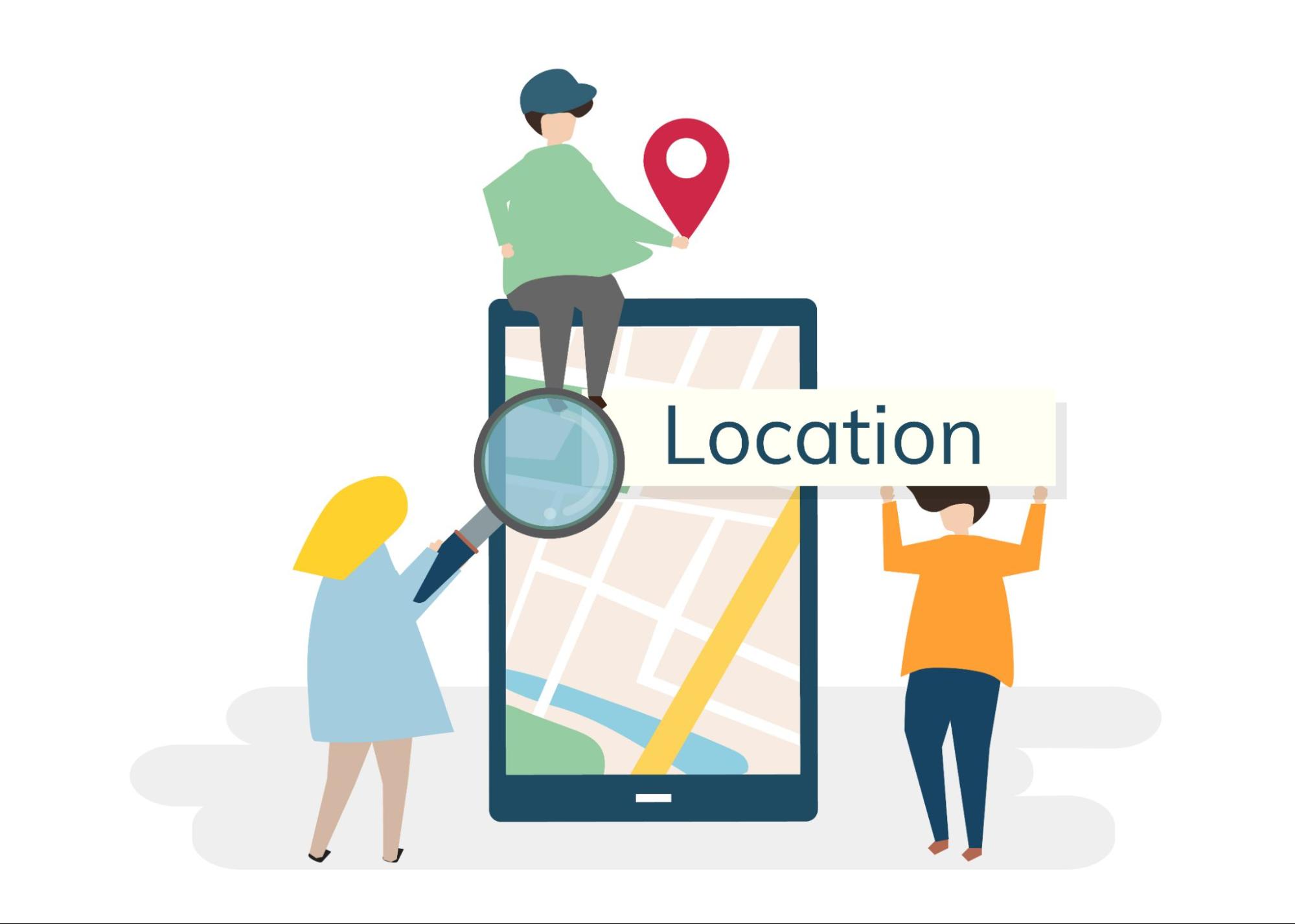
Service-focused articles combined with maps make it easier for customers to find you.
- Embed Google Maps: Show your business location or service coverage.
- Create service area pages: Link maps to specific neighborhoods you serve.
- Highlight directions: Add driving tips and local landmarks for easy navigation.
Combining content with maps improves user experience and local SEO signals.
Article (GEO Optimized Content)
Geo-optimized articles help you rank for location-specific keywords.
- Target city + service combos: Example: “Best HVAC Services in Manchester.”
- Use local schema: Add structured data to reinforce location relevance.
- Write naturally: Avoid keyword stuffing; focus on readability and value.
GEO-optimized content strengthens your visibility in targeted areas.
PDF (GEO Optimized)
Downloadable PDFs can also boost your local SEO when optimized for location.
- Include local keywords: Add city names in file names and titles.
- Offer useful guides: Share free resources about your services in your area.
- Upload to your site: Host PDFs on your domain for indexing.
Local PDFs work as shareable content that reinforces your geographic relevance.
Video (GEO Tagged)
Video content with geo-tags increases local engagement and ranking potential.
- Add location tags: Tag videos with your city and service area.
- Create local-focused topics: Record tutorials or behind-the-scenes clips from your location.
- Upload to multiple platforms: Share on YouTube, GBP, and social media.
Question & Answer (Local Based)
Adding Q&A sections helps you answer customer queries and appear in voice searches.
- Include local questions: Example: “Where can I find a laser clinic in Hounslow?”
- Add to GBP and website: Use FAQs on both your profile and pages.
- Keep answers short and clear: Make them easy to read and understand.
Image Optimization
Images are more than just visuals; they can boost your local SEO when optimized correctly. Geo-tagging and using the right platforms help search engines connect your business to specific locations.
Geo-Tagged Images: Strengthen Local Signals
Adding geo-tags to images tells search engines where your business operates.
- Upload geo-tagged images: Use them on your Google Business Profile, website, and Web 2.0 properties.
- Include location info: Add city names and coordinates in the image metadata.
- Use service-based images: Show real photos of your work or location.
Geo-tagging images improves local relevance and trust with search engines.
GEO Tagged Image Sharing: Expand Local Reach
Sharing your geo-tagged images on external platforms spreads local signals further.
- Use platforms like Imgur and Pinterest: These can drive traffic and boost visibility.
- Link back to your site: Always include your business URL with shared images.
- Keep branding consistent: Use the same business details across platforms.
Sharing geo-tagged images helps reinforce your business location across the web.
Backlink Strategy
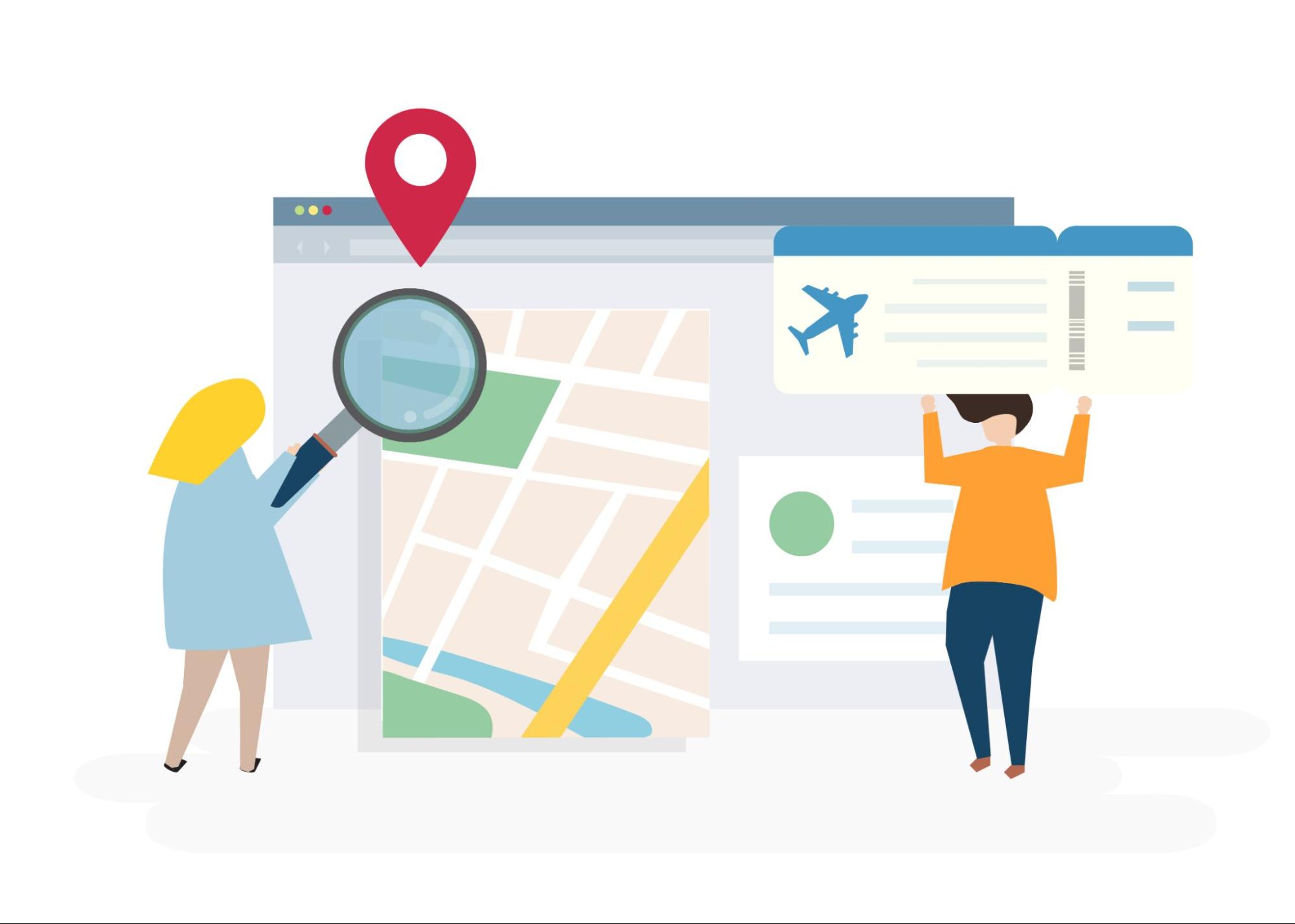
Backlinks are a critical part of local SEO. Quality local links build authority and help your site rank higher in regional searches.
Local-Based SEO & Backlinks
Focus on links that come from local sources to boost geographic relevance.
- Local directories: Get listed in credible local business directories.
- Community sites: Partner with neighborhood blogs or associations.
- Local sponsorships: Support local events to earn mentions and backlinks.
Local backlinks tell search engines your business is trusted in the community.
Get More Backlinks: From Local Blogs, News & Citations
Earning links from local media and blogs can drive traffic and authority.
- Pitch local stories: Share newsworthy updates with regional outlets.
- Write guest content: Contribute articles to local niche blogs.
- Claim citations: Ensure your business info appears in key local listings.
Links from trusted local sources boost both rankings and visibility.
Local Link Building: Build Authority
Create a targeted plan to gain high-quality local links.
- Engage with local influencers: Build relationships with people in your niche.
- Join local forums: Contribute helpful answers with links back to your site.
- Leverage partnerships: Collaborate with nearby businesses for cross-links.
A focused local link strategy helps you dominate your service area.
Effective Backlinks: Use Niche & Authority Domains
High-authority backlinks carry more weight in search rankings.
- Target relevant niches: Links from industry-related sites add credibility.
- Mix authority levels: Combine local and national authority sites for balance.
- Avoid spam links: Focus on quality over quantity.
Relevant, authoritative backlinks build long-term SEO strength.
Foundation Backlinks: Start with the Basics
Foundation links set the stage for stronger SEO campaigns.
- Create social profiles: Link from branded platforms like Facebook and LinkedIn.
- Submit to local citations: Ensure consistent NAP info across all listings.
- Add blog comments: Contribute naturally to local discussions.
Foundation links create a base of trust for your domain.
Guest Posting (GEO Optimized & Local)
Guest content helps you reach new audiences and earn quality links.
- Write geo-optimized posts: Include location-specific keywords naturally.
- Target local sites: Publish on blogs that cover your service area.
- Add value: Offer educational, helpful content to build trust.
Local guest posts combine authority with strong geographic relevance.
Web 2.0 (GEO Optimized & Content)
Web 2.0 sites can act as supporting assets for your brand.
- Build branded blogs: Use platforms like WordPress or Blogger.
- Post geo-optimized content: Include service + city combos in titles and text.
- Link strategically: Point links back to your main site and GBP.
Web 2.0 content adds depth to your local SEO strategy.
Profile (GEO Optimized) & GEO Targeted Profiles
Optimized profiles on business and social platforms strengthen local signals.
- Use consistent NAP info: Ensure details match across all profiles.
- Add local keywords: Include your city and service in descriptions.
- Upload geo-tagged images: Reinforce your location visually.
Consistent, geo-targeted profiles build trust with search engines.
SEO Articles for Backlinks
Publishing SEO-friendly articles earns links and boosts authority.
- Target long-tail local keywords: Example: “Affordable HVAC Repair in Leeds.”
- Provide value: Write guides, tips, and educational content.
- Submit to link-worthy sites: Reach out to blogs or content platforms.
Well-written SEO articles attract natural backlinks over time.
Local Citations & Mentions
Local citations and mentions are important signals that show search engines your business is active and trustworthy in a specific area. Properly managing citations boosts your local rankings and helps customers find you easily.
Local Citation: Submit to Trusted Directories
Listing your business on well-known local directories improves visibility and credibility.
- Use popular sites: Submit your business to directories like Yelp, Yell, and Foursquare.
- Fill out all details: Provide complete info such as name, address, phone number, website, and business hours.
- Choose relevant categories: Select categories that match your services closely.
Intro tip: Trusted directory listings increase your chances of showing up in local search results.
Local Map Citations: Link to Location Pages

Citations tied directly to your map listings and location pages strengthen local SEO.
- Add citations on map-related platforms: Ensure your business appears consistently on Google Maps and other map services.
- Create location-specific pages: Link citations back to these pages to boost relevance.
- Include geo-coordinates: Where possible, add latitude and longitude info to citations.
Intro tip: Map citations help search engines connect your business with the right geographical area.
Have Consistent NAP Citations
Consistency is key for your Name, Address, and Phone number (NAP).
- Check every listing: Make sure NAP info is exactly the same across all directories and your website.
- Use the same format: Stick to one style for addresses and phone numbers.
- Correct errors promptly: Fix any outdated or incorrect information to avoid confusion.
Intro tip: Consistent NAP information builds trust with search engines and customers.
Include Every Business Address
If you have multiple locations, list each one clearly.
- Create separate citations: Submit each address individually to local directories.
- Optimize location pages: Link citations to their respective location pages on your site.
- Use unique phone numbers: Assign phone numbers per location when possible for accuracy.
Intro tip: Complete address information ensures all locations get proper SEO credit.
Keep Your NAP Consistent
Regularly audit and update your NAP data.
- Monitor new listings: Check for new or duplicate listings and fix inconsistencies.
- Use tools: Platforms like Moz Local or BrightLocal help track citation accuracy.
- Maintain over time: Keep information updated as your business changes.
Ongoing NAP management prevents ranking drops and improves local SEO reliability.
Google Maps & Signals
Google Maps is a core part of local SEO. Using maps and location signals effectively boosts your business's visibility and helps customers navigate to you easily.
Customized Google Maps: Embed Branded Maps
Embedding branded Google Maps on your website improves user experience and local signals.
- Add your business marker: Show your exact location clearly on the map.
- Customize map appearance: Use branded colors or overlays if possible.
- Place maps on contact and location pages: Make it easy for visitors to find you.
Customized maps help both users and search engines understand your business location.
Google Maps Circle (Total): Show Location Coverage
Adding a location coverage map visualizes your service area and builds trust.
- Create a “circle” map: Show driving directions and coverage radius around your locations.
- Include landmarks: Add known nearby places for better local context.
- Use on landing pages: Embed coverage maps on city-specific or service pages.
Coverage maps help customers see if you serve their area and improve local SEO relevance.
Engagement & Community
Engaging with your local community is key to building a strong local SEO presence. When your business is active and visible in the community, it gains trust, recognition, and valuable local backlinks.
Get Involved in Your Community
Participating in local activities shows that your business cares about the area it serves.
- Sponsor local events: Support festivals, sports teams, or charity runs to get your name out.
- List in local directories: Join community websites, chambers of commerce, or business associations.
- Host or attend meetups: Build relationships with other local businesses and potential customers.
Being active locally increases brand awareness and earns natural local mentions.
Community Engagement: Encourage Mentions & Collaborations
Encouraging your customers and partners to talk about your business online strengthens local SEO.
- Ask for social media tags: Encourage customers to tag your business in posts and photos.
- Collaborate with local influencers: Partner with bloggers or personalities who can share your services.
- Request local reviews and testimonials: Positive feedback on multiple platforms boosts credibility.
Genuine local engagement creates word-of-mouth marketing that search engines notice.
Conclusion
Doing Local SEO isn't just about keywords it's about building real trust online and helping the right people find your business. By optimising your Google Business Profile, managing reviews, using the right keywords, and providing consistency across the web, you’ll build a strong local presence.
These 10 steps can make your business more visible in your community, increase bookings, and keep your calendar full. If you want your services to be found by local customers, Local SEO isn’t optional, it’s essential.
Frequently Asked Questions (FAQs)
Local SEO helps your business arise in Google when people nearby search for your services. It improves local visibility and gets more calls and visits.
Yes. Setting up and organizing your Google Business Profile is completely free.

